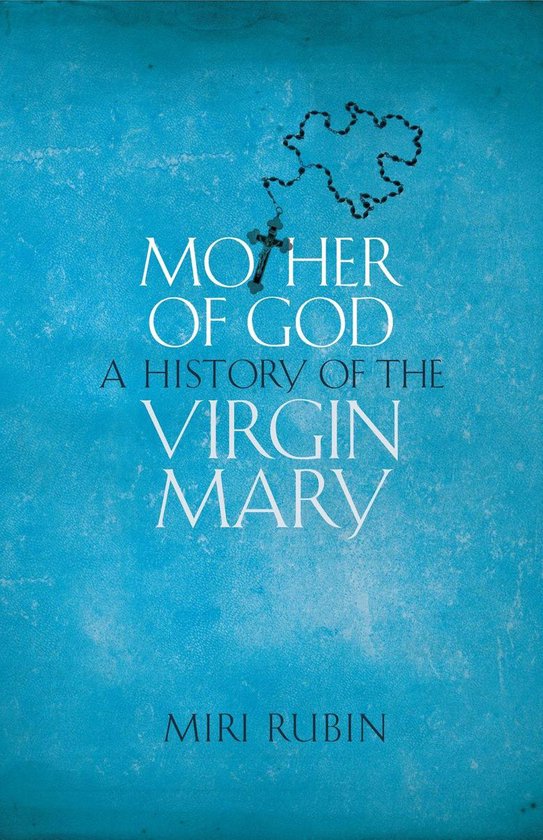
Bernard by engraver Master IAM of Zwolle (ca. Bernard and the Virgin by Alonzo Cano (1650). I'm not sure how truly accessible, or at least readable, this book therefore is for the general reader, but it will remain invaluable for the specialist.Left: St.

There are points where the array of materials cited-Miri Rubin makes use of literary texts, documentary evidence, art historical materials, and more-becomes somewhat dizzying. However, this really is an encyclopaedic text rather than a narrative one, and there is no overarching thesis. So too will be the discussion of views of Mary in medieval Islam (after all, Mary/Maryam figures more in the Qur'an than she does in the New Testament), and of the long-standing association between Mary and anti-Semitism. As an overview of primary sources about Mary, this will be invaluable to students working on the topic. This is a hefty, wide-ranging overview of interpretations of Mary, mother of Jesus, from the origins of Christianity until the end of the sixteenth century, with a brief overview of later interpretations of Mary in a concluding chapter.

It demonstrates Mary’s endless capacity to inspire and her profound presence in Christian cultures and beyond. Beautifully written and finely illustrated, this book is a triumph of sympathy and intelligence. She also explores how indigenous people in Central America, Africa, and Asia remade Mary and so fit her into their own cultures. Rubin shows how early Christians endowed Mary with a fine ancestry why in early medieval Europe her roles as mother, bride, and companion came to the fore and how the focus later shifted to her humanity and unparalleled purity. In her rise to global prominence, Mary was continually remade and reimagined by wave after wave of devotees. Drawing on an extraordinarily wide range of sources-including music, poetry, theology, art, scripture, and miracle tales-Rubin reveals how Mary became so embedded in our culture that it is impossible to conceive of Western history without her. How did the Virgin Mary, about whom very little is said in the Gospels, become one of the most powerful and complex religious figures in the world? To arrive at the answers to this far-reaching question, one of our foremost medieval historians, Miri Rubin, investigates the ideas, practices, and images that have developed around the figure of Mary from the earliest decades of Christianity to around the year 1600. A sweeping, ambitious study of the Virgin Mary’s emergence and role throughout Western history


 0 kommentar(er)
0 kommentar(er)
